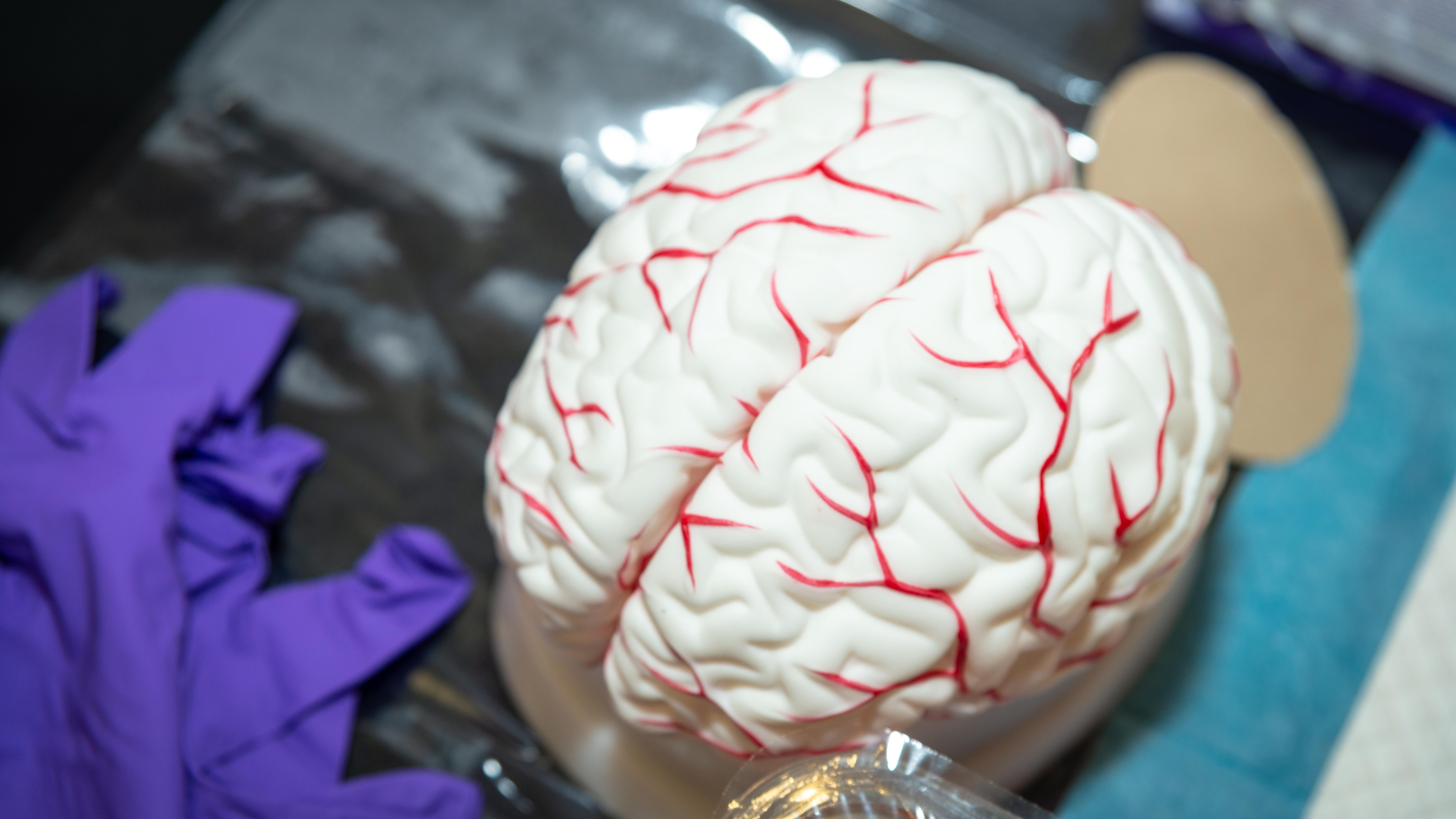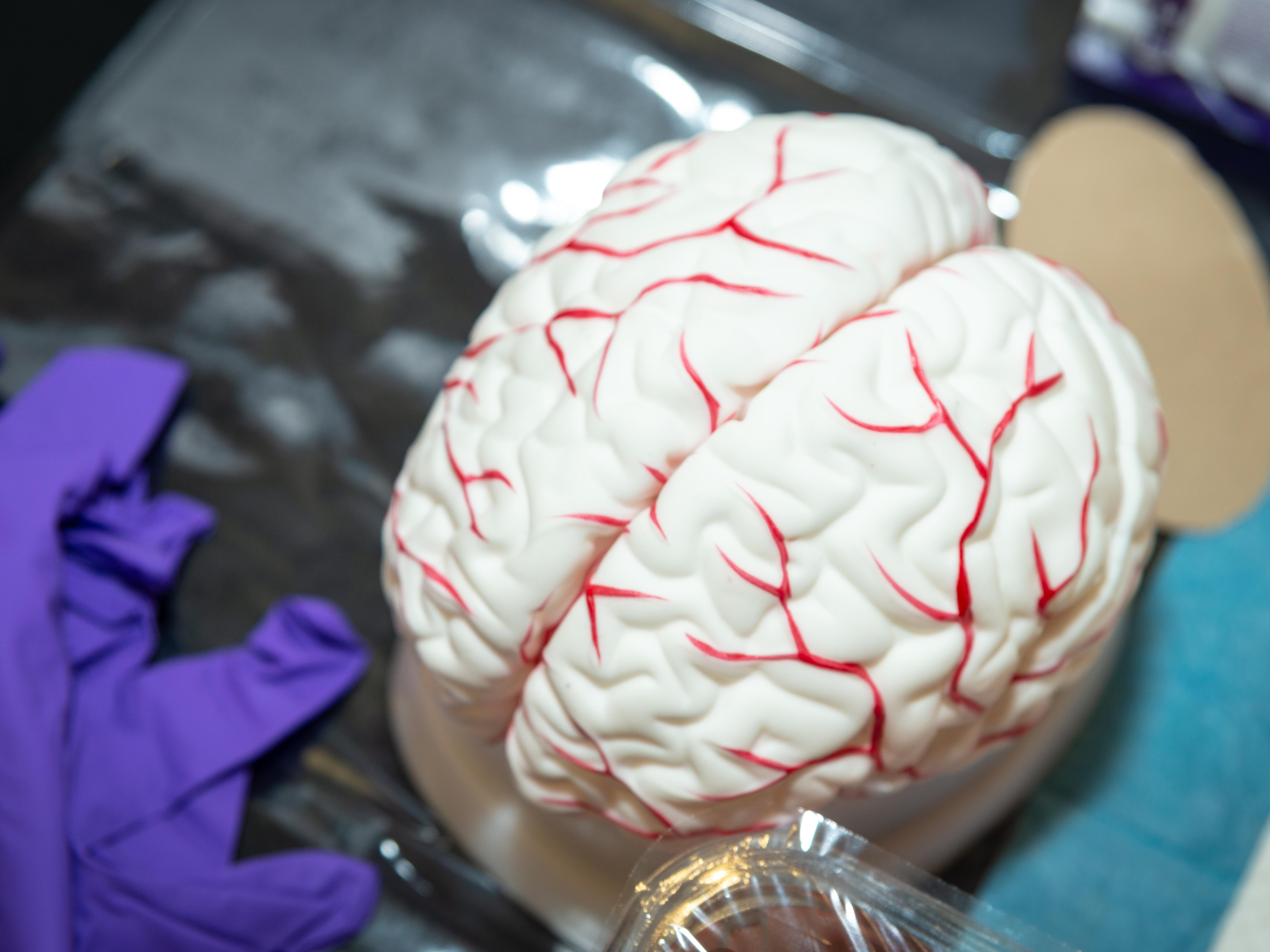
We have long known that not all childhood cancers are created equal, but the differences are becoming increasingly apparent. While advances in diagnosis and treatment mean that survival has increased significantly for some forms of cancer, it has changed very little for cancer types that are harder to understand and treat.
The latter include certain types of central nervous system (brain and spinal) tumours. Central nervous system cancers are the second most common cancer in children, following leukaemia. However, the outlook is usually much less positive because of both the tumour location and the short- and long-term side effects of treatment on the brain. In fact, brain cancer is the biggest cancer killer of people under the age of 40.
Diagnosis and treatment both pose obstacles
Brain tumours can be difficult to detect because they share several symptoms, including headaches, vomiting and sleepiness, with more benign conditions. Other nonspecific symptoms, such as vision changes or a feeling of increased pressure in the head, might go unannounced by a young child or be difficult for them to explain.
Treating brain cancer is also challenging. The primary treatment is often surgery, but the risk of harming healthy tissue and causing brain damage means that it is not always possible to remove all of the tumour. Cancer-killing approaches, such as chemotherapy and radiotherapy, can be effective, but in some cases, the tumour will reoccur.
Both the brain cancer and the cancer treatment can significantly affect a child’s health, even through to adulthood. The tumour can press on parts of the brain, preventing them from functioning normally. Radiotherapy, in particular, can also cause problems through its effects on hormones, which can impair growth and development, sometimes limiting a child’s future ability to learn. For this reason, it’s crucial to strike a balance between treating the cancer and minimising the effects of invasive or toxic treatments.
Focusing on diencephalic tumours in children
Although progress in brain cancer has been slower than in other cancer types, the outlook for people with many types of brain cancer is gradually improving as we develop better treatments. However, this is not the case across the board. There is an urgent need to improve the outlook for children with diencephalic tumours, which occupy the diencephalon – a region of the brain that sits between the two hemispheres and comprises crucial central brain structures, including the epithalamus and the hypothalamus.
These structures are responsible for regulating hormone production and, thereby, controlling sleep rhythms, body temperature, mood, blood pressure, hunger and thirst. Understandably, disruption to this region can wreak havoc on the body.
Researchers and clinicians at The Royal Marsden NHS Foundation Trust and the ICR recently led a review paper on the treatment of paediatric diencephalic tumours, which was published in the journal Frontiers in Oncology.
The paper covers low- and high-grade gliomas, craniopharyngiomas, pituitary adenomas, germ cell tumours, Langerhans cell histiocytosis and pineal parenchymal tumours, all of which can arise in this sensitive area of the brain. For each of these paediatric diencephalic tumours, the authors explain the common symptoms, typical prognosis and treatment challenges. They then provide the treatment options, highlighting newer approaches and sharing the relevant research to support them where applicable.
Overall, the authors stress the need to “move towards ‘function preserving’ diagnostic and therapeutic approaches with novel toxicity-sparing strategies” wherever possible.
For instance, they note that for some children with craniopharyngioma, tocilizumab is showing early promise as a way to delay the need for brain surgery, which is considered higher risk than other surgical procedures. For those who do need surgery, newer surgical techniques and proton beam therapy have reduced recurrence rates following the operation, often preventing the need for additional treatment. Some experts have also proposed delaying proton beam therapy or other forms of radiotherapy until the disease progresses, which may save some children from having to undergo it at all. All of these adjustments to the treatment approach can minimise the stress on young people’s bodies and lessen the risk of long-term side effects.
We need to prioritise functional outcomes
Dr Lynley Marshall, Head of the Paediatric and Adolescent Oncology Drug Development Team at The Royal Marsden and Clinical Senior Lecturer in the Division of Clinical Studies at the ICR, said:
“Our paper looks at a collection of different tumour types that appear in the most vulnerable part of the brain. We believe that the priority from the outset should be aimed at maintaining functional outcomes wherever possible by being thoughtful about the approach.”
Previously, when surgery or chemotherapy was the only way to save a child’s life, it was not always possible to consider functional outcomes, which represent the child’s ability to participate in everyday activities. But now, the increasing availability of targeted treatments and less invasive procedures, such as endoscopy, means clinicians can consciously try to minimise morbidity.
Quality of life after treatment is, understandably, very important to patients and their families, who often partner with clinical teams in making treatment decisions. If a highly toxic treatment regimen is effective in eliminating cancer but can result in vision loss or require a child to take hormone regulators for the rest of their life, families often want to consider alternative approaches.
Dr Marshall said:
“A collaborative, multi-disciplinary approach from the beginning and throughout is essential, as careless intervention can result in harmful side effects. Clinicians need to think carefully about whether surgery is possible and appropriate, whether radiotherapy or chemotherapy would be better, and whether kinder treatments are available as an alternative.”
These days, when new treatment approaches are being trialled, functional outcomes are often included as endpoints. For children of most ages, standardised reporting is now in place for visual acuity, and it is also possible to check for neurocognitive disturbances, which can be an effect of some drugs. This information can play a part in informing not only regulatory decisions around drug authorisations but also day-to-day patient care.
“In some cases, we need to reduce morbidity by cutting back on treatment,” said Dr Marshall. “I’ve known some of my 18-year-old patients since they were just two. This is partly because they have tumours that may demonstrate serial episodes of tumour growth, requiring repeated follow-ups and several lines of treatment. However, it’s also because they’ve been dealing with side effects throughout their lives and so need appropriate monitoring.
“There is still wariness around limiting aggressive treatments because the first chance to cure is often the best chance. However, now that we have access to some kinder treatments that are still effective, we are starting to see a shift in mindset. We are increasingly able to do outpatient treatments, which means that children can get on with their lives in the meantime. This has really moved the needle.”
“Everyone has a key role to play”
Dr Marshall and her co-authors hope that the review paper will be useful as a teaching tool for young clinicians new to their role, making them aware of novel treatment options and encouraging them to think carefully about how to approach the treatment. They also believe that it may help raise parents’ awareness of the different treatments available, equipping them to ask their child’s treating clinician for details on specific approaches. Finally, the paper serves to drive home the imperative for collaboration and decision-making from the outset.
“What is really important is that the treatment of children and young people with brain tumours is multidisciplinary – it really does ‘take a village’ to achieve the best outcomes,” said Dr Marshall.
“From the scientists doing the preclinical research to the surgeons removing the cancer, from the genomics teams examining the molecular features of the cancer to the doctors administering the appropriate choice of therapy, and from the nurses looking after patients to the various therapists who help them manage their side effects, everyone has a key role to play.”
